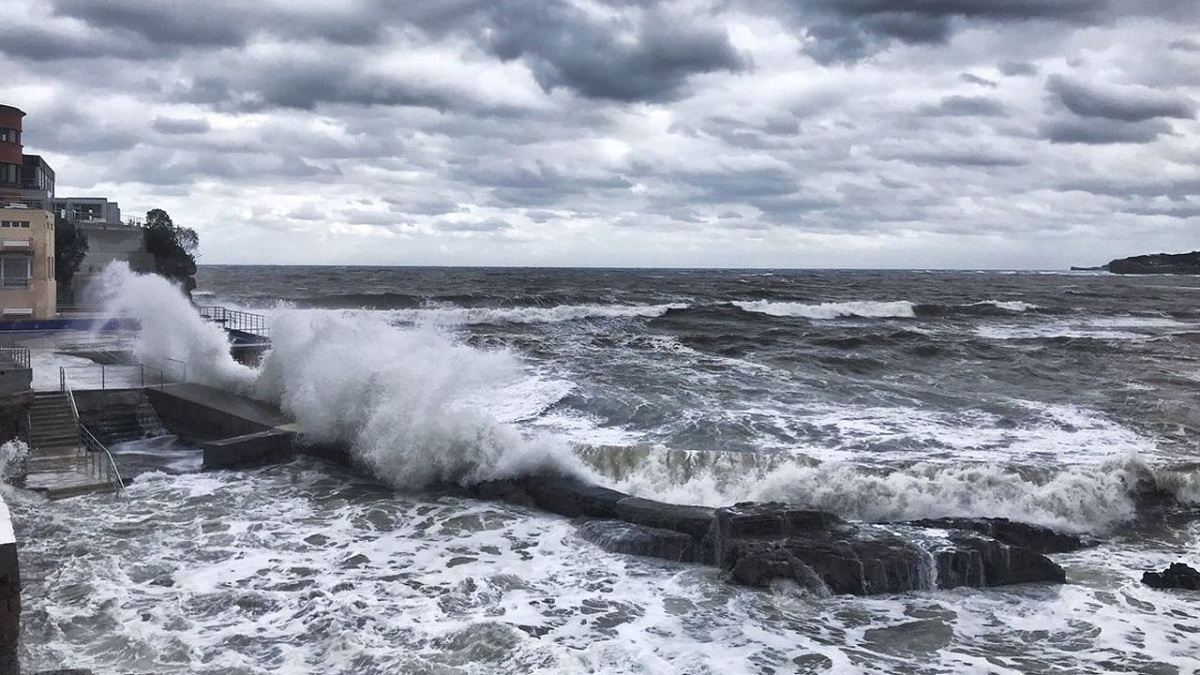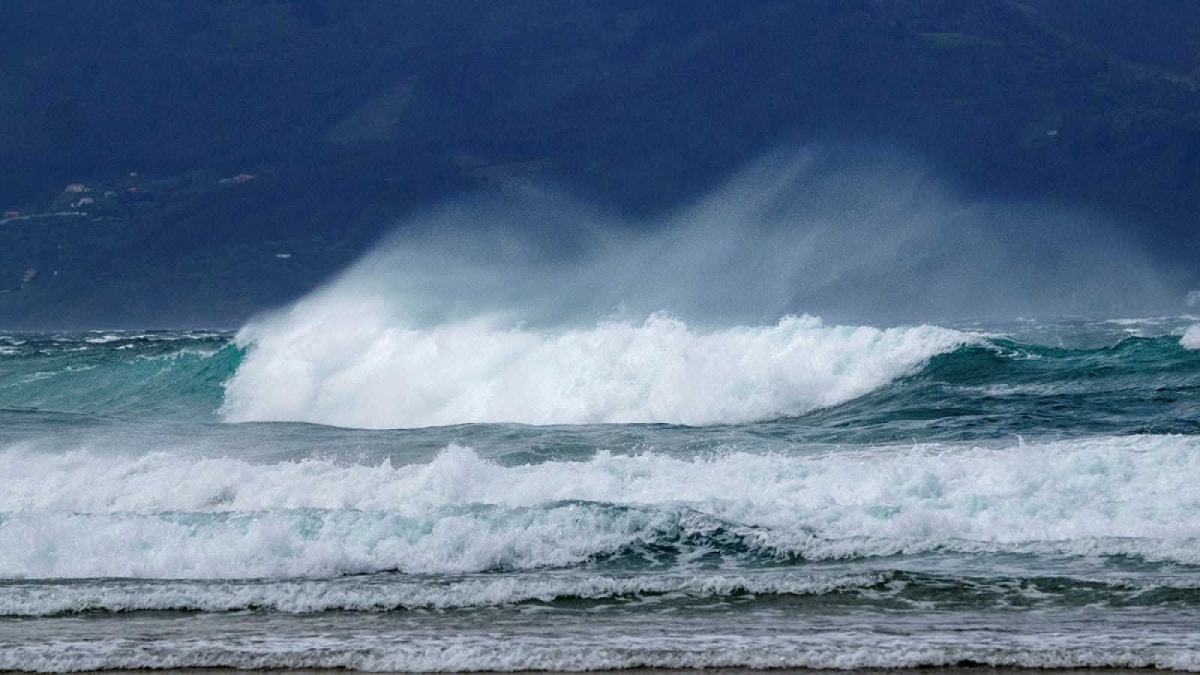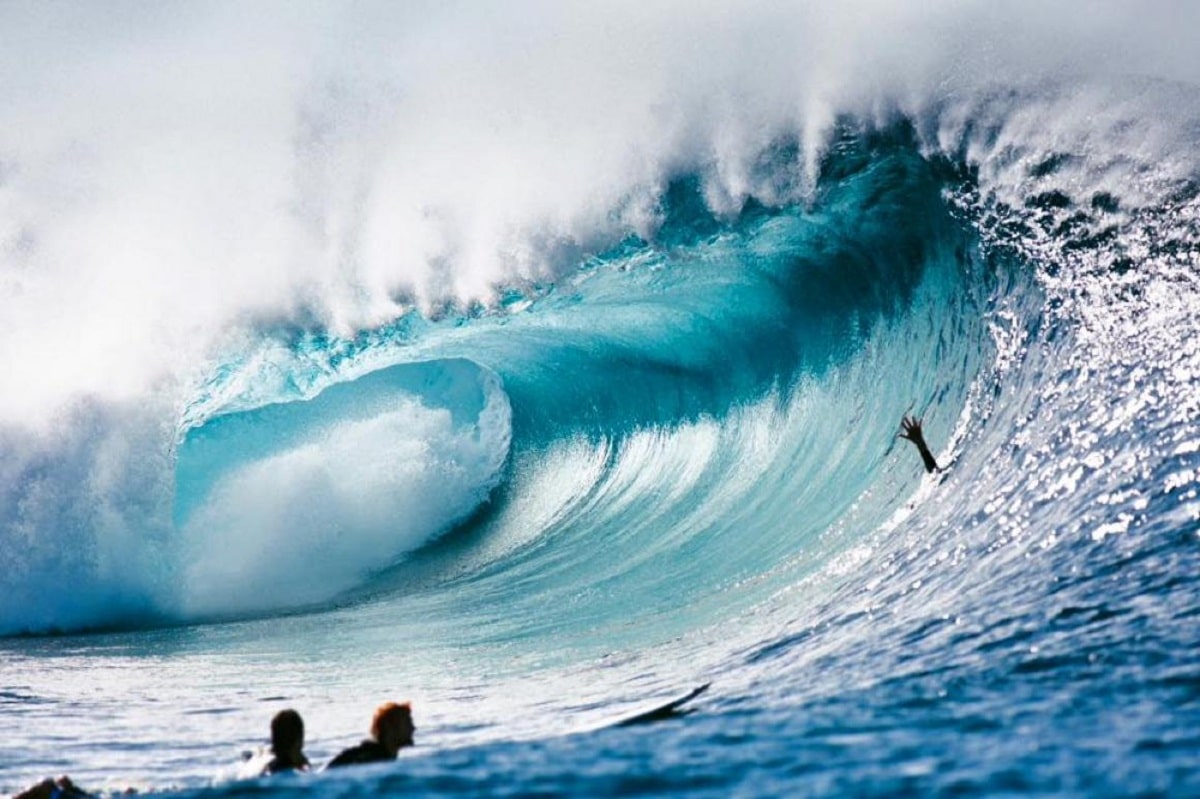
To know the waves and the state of the sea, the Douglas scale. Surely you have heard a thousand times on the news when we see the time that they refer to time at sea as swell, storm surge, heavy sea, etc. All these terms refer to the state of the sea at that time depending on the wind and its intensity. It is used basically to describe the behavior of the waves in the following days.
In this article we are going to tell you about all the characteristics, meaning and importance of the Douglas scale.
Origin of the Douglas scale

This nomenclature that is used to know the waves and the state of the sea was created by the English admiral Henry Percy Douglas. This scale was created in 1917 and was used in the meteorological service of the British navy. At that time it was a scale with two codes, one that was used to estimate the state of the sea at that time and another to describe the height of the waves affected by the wind.
There is no doubt that it is one of the most widely used scales throughout the history of meteorology. Until today it is still used to describe the waves and the state of the sea in the coming days. It is mainly used in television weather reports that are very useful for fishing boats and commercial vessels.
The triumph of climbing Douglas is that it has great simplicity and a very descriptive way of explaining maritime conditions at all times. These characteristics have made the Douglas scale last a long time and any professional of the sea or nautical hobbyist can sell the weather reports.
In order to understand the Douglas scale we must know the relative height of the waves. This height is reflected in the first code of the scale. It means the significant height of the waves. This first code refers to the height of the waves that an experienced observer could see with the naked eye at a starting point. This starting point does not have to be from the coast. It is equivalent to the average height of the third of the highest waves.
State of the sea on the Spanish coasts

This scale is used to know the state of the sea on our coasts, maritime directions. This can be known thanks to the maritime buoys that exist in the deep water network located far from the coastline and at great depth. Usually are located at a depth of about 200 meters in such a way that its measurements are not disturbed by different local effects that may represent some changes due to the open sea.
The entire network of coastal buoys is distributed in the vicinity of the port facilities. These buoys are anchored at a depth of 100 meters. The great majority of the measurements of these buoys are disturbed by the profile of the coast and by the effects of the bottom. Therefore, the information collected by this type of footprint is information that is provided in a representative way only under local conditions.
How we should expect, the state of the sea is closely linked to the force of the wind. The intensity of the wind was tabulated on the Beaufort scale. This scale was numbered from 0 to 12 with a denomination of adjectives widely used in the colloquial sailor language. Surely you have heard some of these terms that we are going to put below on the Beaufort scale:
- Calm
- Ventolin
- Lazy, Lazy
- Bonancible, Fresh
- cool
- Duro
- Very hard
- Temporary
- Storm
- Hurricane
Wave height of the Douglas scale

The first code that the Douglas scale has is the significant height of the waves. Let's analyze what these values are:
- Grade 0: no waves. The state of the sea can be seen that the surface is smooth like a mirror. There are no waves
- Grade 1: curly sea. The sea begins to alter in some parts. The waves are up to 10 inches in size.
- Grade 2: marejadilla. Shorter but well marked waves are formed here. They begin to break into small ridges with foam that is not very white but rather glassy in appearance. The waves can reach a size of 50 centimeters.
- Grade 3: storm surge. It is one in which the state of the sea can be seen how long balls are formed with well-characterized white foam ridges. It is here where the sea wind is quite defined and is easily distinguished from the background sea that may exist. When the waves break there is a murmur that quickly fades. The waves reach a size of 1.25 meters.
- Grade 4: strong swell. Longer tails form with ridges of foam all over. The sea breaks in a constant murmur. Here the waves can reach a size of 2.5 meters.
- Grado 5: thick. Very high waves begin to form with areas of white foam covering a large area. When the waves break, they produce a dull noise like throwing things. Here the waves reach a maximum size of 4 meters.
- Grade 6: very thick. The sea is completely upset and the white foam forms to break the crests of the waves and begin to arrange in bands in the direction of the wind. Here the waves reach a maximum size of 6 meters.
- Grade 7: wooded. Here the height and length of the waves and their crests increases notably. The foam is arranged in narrow bands in the direction of the wind. Here the waves reach a maximum size of 9 meters.
- Grade 8: mountainous. Here are high waves. Large areas become covered with foam in the direction of the wind. Here the waves can reach a maximum size of 14 meters.
- Grade 9: huge. The waves get so high that sometimes the boats can disappear from view at your breasts. The sea becomes covered with white foam arranged in bands in the direction of the wind. Here the waves reach sizes greater than 14 meters.
I hope that with this information you can learn more about climbing Douglas.
Perhaps it would be advisable to use a second reading looking for faults and the meaning of the sentences, or the, Mark, and the, white…. . From that point on, I have stopped counting.
The article is interesting and I liked it, but ...
All the best